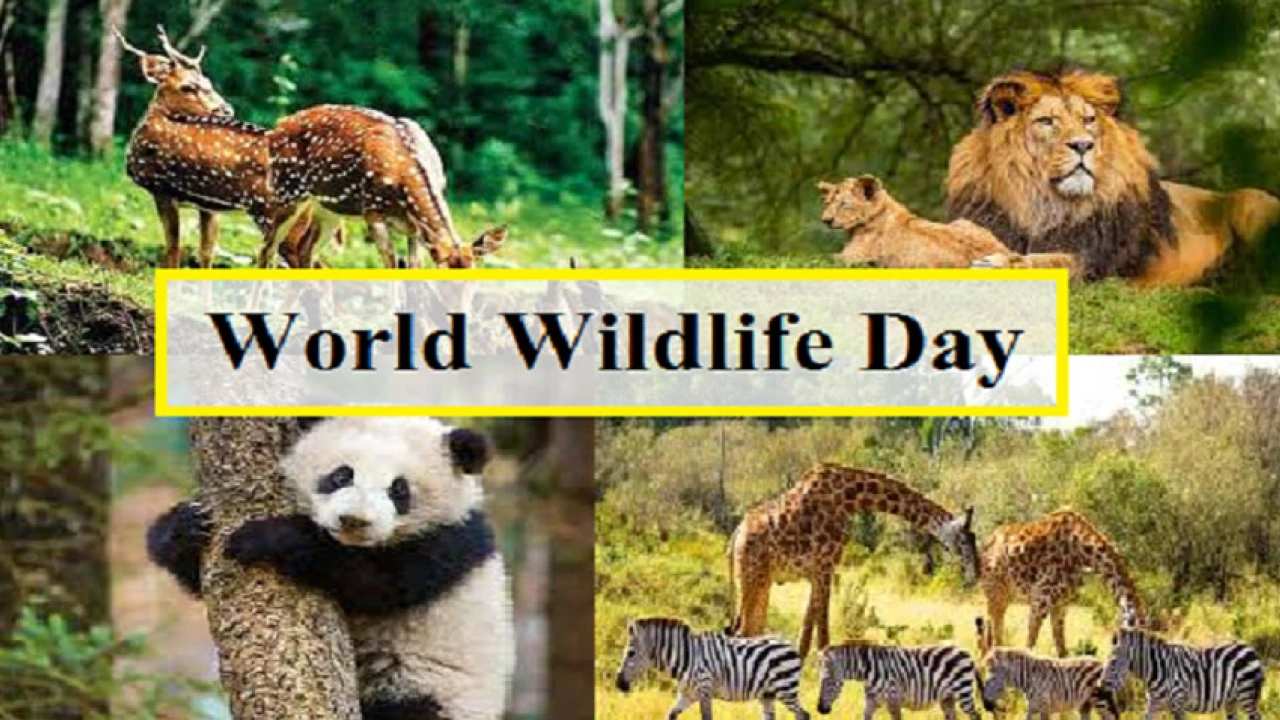World Wildlife Day, observed annually on March 3rd, is a significant event dedicated to raising awareness about the importance of wildlife and biodiversity conservation across the globe. Initiated by the United Nations, this day serves as a platform to celebrate the beauty and variety of the world’s wildlife, while also highlighting the urgent need to combat threats such as habitat loss, climate change, and illegal wildlife trade.
The Importance of World Wildlife Day
World Wildlife Day is more than just a day of celebration; it’s a crucial reminder of the interconnectedness of all life on Earth. The world’s ecosystems rely heavily on the diverse species of plants and animals that inhabit them. When a species is lost, it can have a cascading effect on the entire ecosystem, leading to imbalances that can affect food security, clean water, and even human health.
Why Biodiversity Matters
Biodiversity, the variety of life on Earth, plays a fundamental role in maintaining the balance of the planet’s ecosystems. Here’s why it matters:
- Ecosystem Services: Healthy ecosystems provide essential services such as pollination of crops, purification of air and water, and regulation of climate.
- Economic Value: Many industries, including agriculture, pharmaceuticals, and tourism, rely directly on biodiversity.
- Cultural Significance: Wildlife holds cultural and spiritual significance in many communities around the world.
Current Threats to Wildlife
Despite the critical importance of wildlife, many species are under threat. According to the World Wildlife Fund (WWF), more than 60% of the world’s wildlife populations have been wiped out since 1970. The main threats include:
- Habitat Destruction: Deforestation, urbanization, and agricultural expansion are leading to the loss of natural habitats.
- Climate Change: Global warming is altering habitats and food availability, forcing species to migrate or adapt quickly.
- Illegal Wildlife Trade: The poaching and illegal trafficking of animals and plants are significant drivers of species decline.
- Pollution: Plastics, chemicals, and other pollutants are harming wildlife on land and in the oceans.
Themes and Focus Areas of World Wildlife Day
Each year, World Wildlife Day is celebrated with a specific theme that focuses on different aspects of wildlife conservation. These themes help to guide the global conversation and inspire action towards the protection of specific species or habitats.
Recent Themes
- 2024: “Partnerships for Wildlife Conservation”: This theme emphasizes the importance of collaboration between governments, NGOs, businesses, and individuals in protecting wildlife.
- 2023: “Recovering Key Species for Ecosystem Restoration”: Focused on the need to restore populations of species that play a critical role in maintaining ecosystem health.
- 2022: “Forests and Livelihoods: Sustaining People and Planet”: Highlighted the vital role of forests in sustaining the lives of millions of people and countless wildlife species.
How You Can Get Involved?
World Wildlife Day is not just for conservationists; anyone can play a role in protecting the planet’s biodiversity. Here are some ways you can get involved:
1. Educate Yourself and Others
Understanding the importance of wildlife and the threats it faces is the first step toward making a difference. Read books, watch documentaries, and follow reputable organizations that work on wildlife conservation.
2. Support Conservation Efforts
Consider donating to or volunteering with organizations that focus on wildlife conservation. Your contributions can help fund critical research, protect endangered species, and restore habitats.
3. Make Sustainable Choices
Your everyday choices can have a significant impact on wildlife. Reduce your carbon footprint by using less energy, supporting sustainable products, and minimizing waste. Avoid purchasing products made from endangered species, such as ivory or exotic pets.
4. Participate in World Wildlife Day Events
Many organizations host events, webinars, and campaigns on World Wildlife Day. Participating in these events can help you learn more about conservation efforts and connect with like-minded individuals.
5. Advocate for Wildlife Protection
Use your voice to advocate for stronger wildlife protection laws and policies. Write to your local representatives, participate in petitions, and raise awareness on social media.
Global Initiatives for Wildlife Conservation
Numerous global initiatives are working towards protecting wildlife and preserving biodiversity. Here are some of the most prominent:
1. The Convention on International Trade in Endangered Species (CITES)
CITES is a global agreement among governments to ensure that international trade in wild animals and plants does not threaten their survival. It provides varying degrees of protection to over 35,000 species of animals and plants.
2. The World Wide Fund for Nature (WWF)
WWF is one of the world’s leading conservation organizations, working in over 100 countries to protect endangered species and their habitats. Their initiatives include tackling illegal wildlife trade, promoting sustainable agriculture, and advocating for climate action.
3. The United Nations Environment Programme (UNEP)
UNEP leads global efforts to address environmental challenges, including wildlife conservation. It works with governments, NGOs, and other stakeholders to promote policies and practices that support biodiversity.
4. The Global Wildlife Program (GWP)
The GWP is a World Bank-led partnership that focuses on combating illegal wildlife trade and promoting wildlife conservation and sustainable development.
The Future of Wildlife Conservation
The fight to protect wildlife is ongoing and requires sustained effort from individuals, organizations, and governments worldwide. As threats continue to evolve, so too must our strategies for conservation. Technological advancements, such as the use of drones for monitoring wildlife and AI for tracking illegal activities, are playing an increasingly important role in modern conservation efforts.
However, the most critical element remains public awareness and involvement. By educating ourselves, making informed choices, and actively participating in conservation efforts, we can help ensure that future generations inherit a world rich in wildlife and natural beauty.
